Remember when patience wasn’t just a virtue but a necessity? Growing up in the 1960s meant embracing the art of waiting, where tasks we now complete in seconds could easily consume an entire afternoon. We didn’t know any better because instant gratification wasn’t yet part of the American vocabulary—it was simply how life worked, moving at its own deliberate pace.
1. Changing the TV Channel
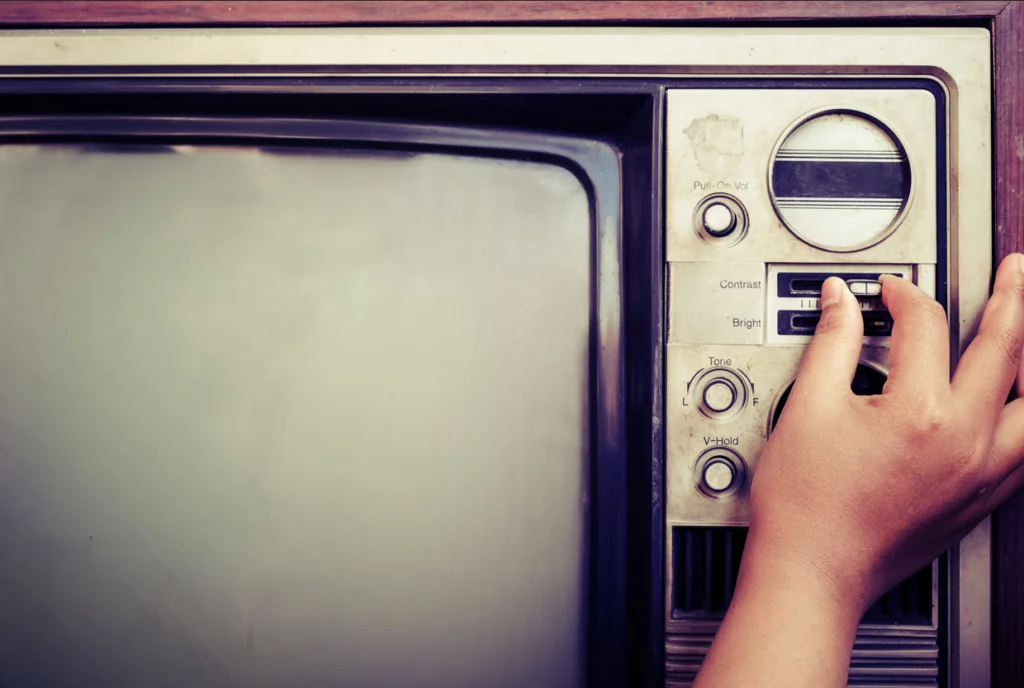
Before remote controls became household staples, changing the channel meant physically getting up from your comfortable position on the sofa and walking across the room. The family TV likely had a dial that clicked through each channel one by one, requiring a firm grip and sometimes a pair of pliers when the knob inevitably broke off. TelForce Group credits remotes with changing not just out sitting habits but television as a whole.
The youngest child often became the designated “human remote,” stationed by the television during family viewing time to flip between the handful of available channels whenever Dad gave the word.
2. Drying Your Hair

Hair dryers in the 1960s weren’t the lightweight, high-powered tools we take for granted today—they were plastic bonnets connected to hoses that you had to wear like an astronaut helmet. Women would sit patiently for upwards of 45 minutes under these contraptions, unable to move around much while their hair dried at what felt like the pace of continental drift. Woman & Home does still see the potential in using these nostalgic devices, especially for the health of certain hair types.
The alternative was sleeping with your hair in rollers the size of orange juice cans, a practice that virtually guaranteed a night of discomfort followed by a morning of neck pain.
3. Doing the Laundry

Laundry day wasn’t just a chore—it was practically a full-time occupation that commanded an entire day of the week in most households. Washing machines had wringers that required feeding each garment through by hand, a process that could pinch fingers and demanded constant attention and physical effort throughout the cycle. Additionally, Farmers’ Almanac also still sees value in the time-consuming but helpful process of letting clean laundry dry on a clothesline.
After washing came the hanging of clothes on outdoor lines, where items were carefully arranged, pinned in place, and left to the mercy of weather conditions, potentially requiring a mad dash to collect everything if rain clouds appeared unexpectedly.
4. Making a Long-Distance Phone Call
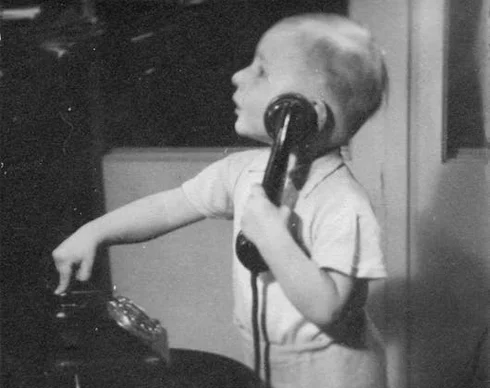
Placing a call to someone in another city involved a complex ritual that began with reaching an operator who would connect you to the desired number—at premium rates that ticked up by the minute. Families would plan these calls days in advance, often timing them with a stopwatch and standing nervously around the phone while everyone took brief turns speaking to minimize costs.
The pressure to communicate efficiently was immense, with Mom hovering nearby pointing at her watch and Dad muttering about the upcoming phone bill that would document every expensive minute in excruciating detail.
5. Looking Up Information

Before Google put the world’s knowledge at our fingertips, finding information meant a trip to the local library and an intimate knowledge of the Dewey Decimal System. Research projects for school involved flipping through heavy encyclopedia volumes, meticulously copying facts by hand, and hoping the books you needed weren’t already checked out by another student.
The quest for a single fact could consume an entire afternoon, and if the librarian couldn’t help you locate what you needed, you might have to revise your entire project around the information that was actually available.
6. Defrosting the Refrigerator
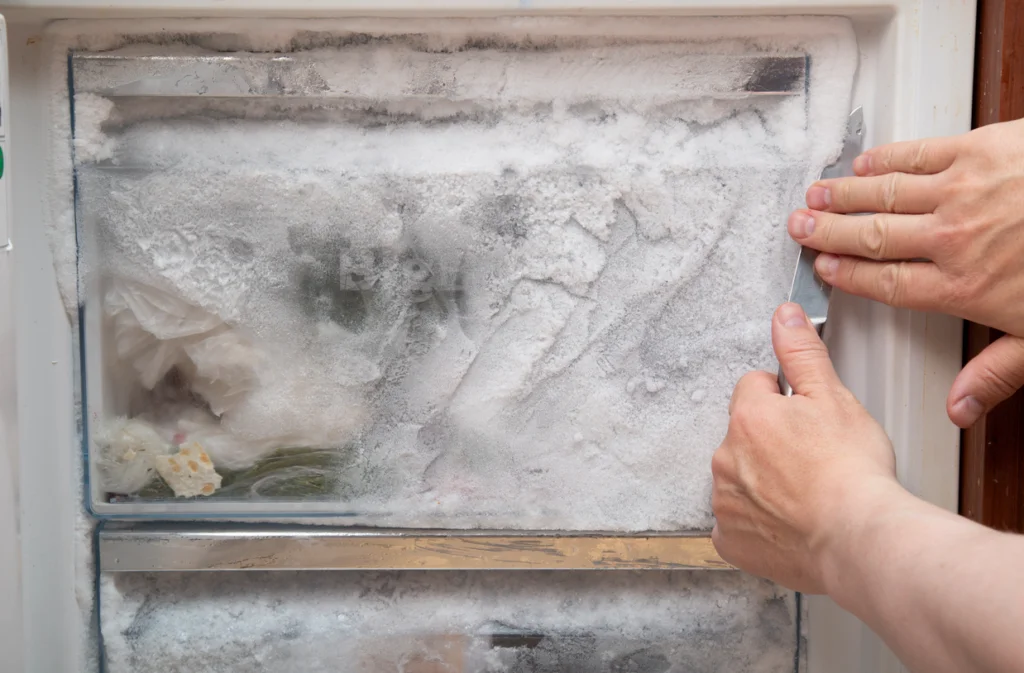
Refrigerators in the ’60s required manual defrosting—a tedious task that involved unplugging the unit, removing all food, and watching ice slowly melt into strategically placed towels and pans. Impatient homemakers might attempt to speed up the process with butter knives or ice picks, risking damage to the freezer lining and earning stern warnings from repair technicians.
The entire kitchen would essentially be out of commission for half a day, with perishables packed in coolers and the floor becoming a slippery hazard zone of melting ice and frustrated sighs.
7. Typing a Document

Creating a clean, professional-looking document required exceptional skill on manual typewriters where a single mistake could ruin an entire page of work. Carbon paper allowed for limited copies, but each keystroke required significant pressure from fingers that would grow tired during longer documents.
Making corrections involved specialized white-out products, careful erasures, or starting over completely—turning what would now be a 10-minute email into a high-stakes, hour-long exercise in precision and frustration.
8. Banking and Bill Payments
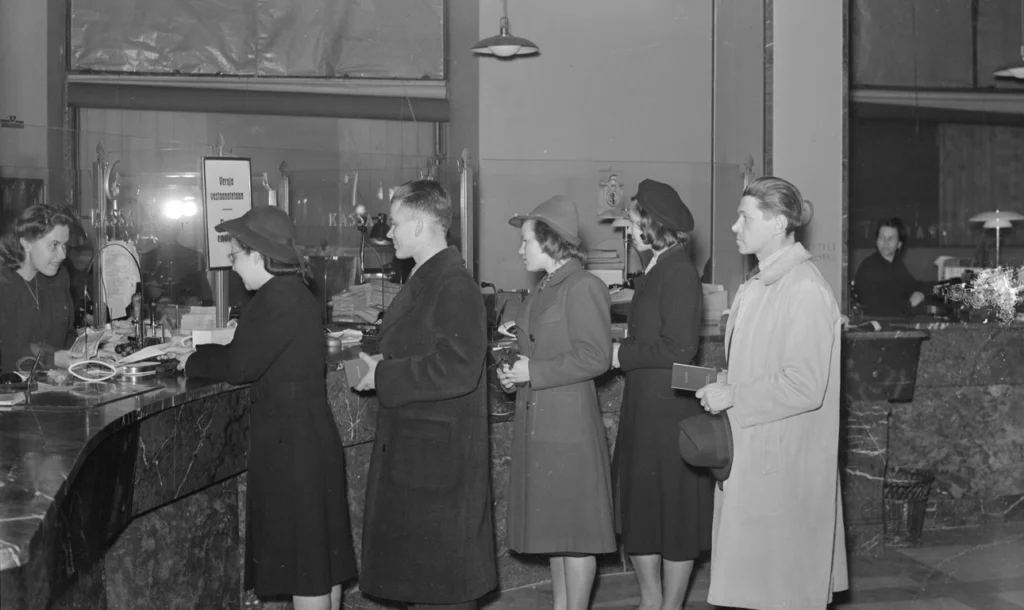
Banking in the 1960s meant organizing your schedule around banker’s hours and physically standing in line to conduct any transaction, no matter how simple. Paying monthly bills required writing checks by hand, finding envelopes and stamps, and allowing enough lead time for postal delivery to avoid late fees.
The meticulous balancing of checkbooks was a monthly ritual requiring careful math and absolute concentration, as calculators were expensive luxuries and a single arithmetic error could cascade into bounced checks and embarrassing conversations with local merchants.
9. Taking and Sharing Photographs
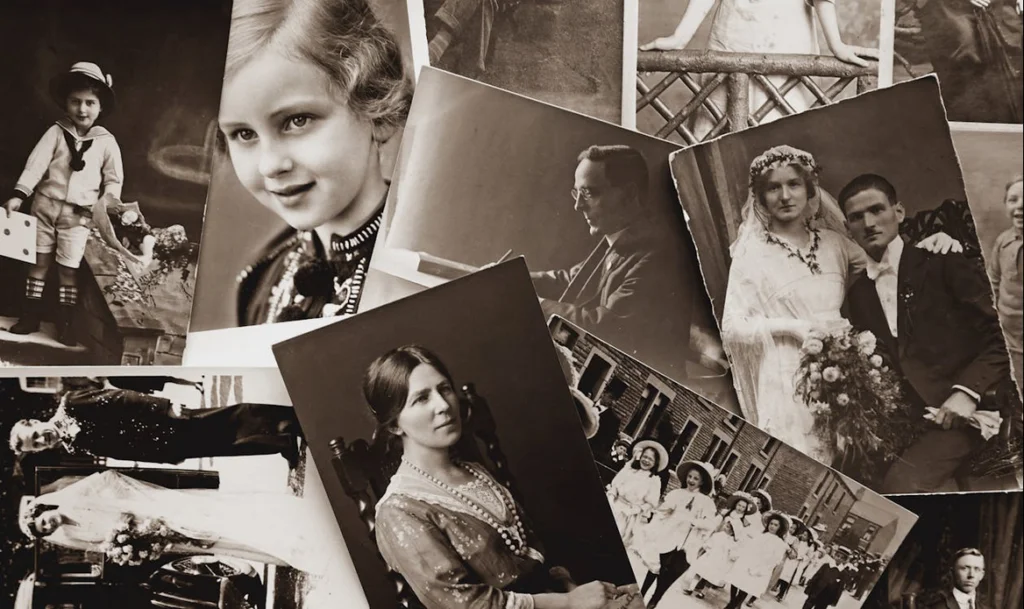
Photography was an expensive hobby requiring careful consideration before pressing the shutter button on cameras that held just 12 or 24 exposures per roll. After finishing a roll of film, you’d drop it off at a development center and wait anywhere from several days to a week before discovering if your pictures turned out or if Uncle Bob’s birthday celebration was mostly a collection of blurry thumbs and closed eyes.
Sharing photos meant either ordering expensive duplicate prints or inviting friends over for slide shows—complete with the rhythmic mechanical click of the carousel projector and inevitable upside-down or backwards slides.
10. Starting a Car on Cold Mornings

Cold weather turned car starting into a complex ritual involving chokes, pumping gas pedals, and often, colorful language muttered under frosty breath. Engines needed time to “warm up” before driving, creating a built-in waiting period where you’d sit shivering as heat slowly—very slowly—began trickling from the vents.
Winter mornings often included scraping ice from windshields with credit cards or specialized scrapers, as heated windows were still the stuff of futuristic fantasy and remote starters would have seemed like science fiction.
11. Making Coffee
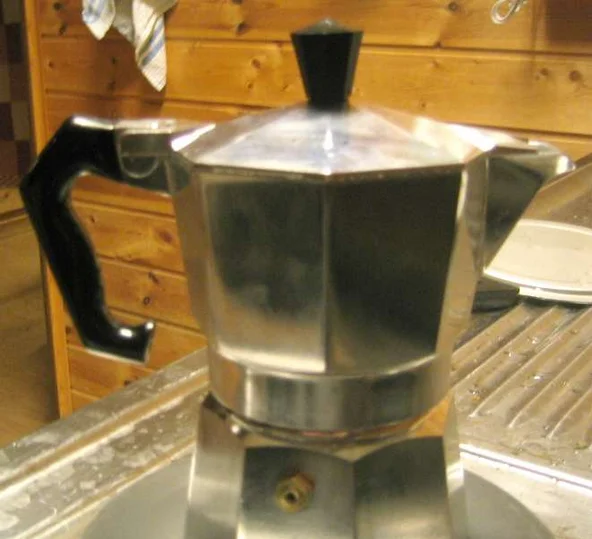
The morning coffee routine involved measuring grounds by hand, carefully pouring water into percolators, and waiting for the characteristic bubbling sound that signaled brewing was underway. The process demanded attention to prevent boil-overs and required a solid 15-20 minutes from start to first sip, with no timer, temperature control, or consistency between pots.
Weekend mornings might find Dad hiding behind his newspaper, Mom at the stove, and children instructed to maintain library-like silence until that first cup had been completely consumed and parental caffeine levels restored to operational levels.
12. Cooling Off in Summer

Without widespread central air conditioning, summer heat required creative cooling methods that rarely provided much actual relief from sweltering temperatures. Electric fans merely pushed hot air around while families deployed rolled-up newspaper “swatters” to discourage flies attracted by open windows and doors.
Evening routines included methodical house-cooling strategies—placing box fans in precise formations to create cross-breezes and sometimes spritzing bed sheets with water before retiring for the night with windows thrown open to catch any hint of moving air.
Looking back on these everyday inconveniences from our world of instant downloads, same-day delivery, and smart homes, it’s hard not to marvel at the patience we once possessed. Perhaps there’s something worth remembering in that slower pace—the anticipation of waiting for photos to be developed, the satisfaction of completing tasks that required genuine effort, and the appreciation that came from working for what we wanted. Though few would trade today’s conveniences for yesterday’s waiting games, those experiences shaped a generation that understands the value of patience in a world increasingly unwilling to wait.


